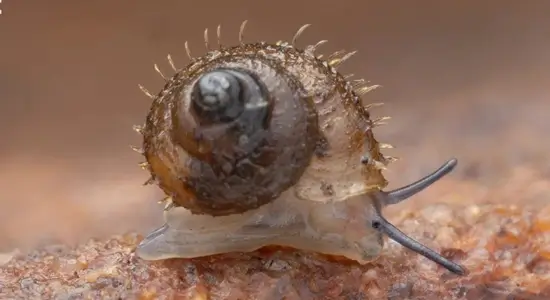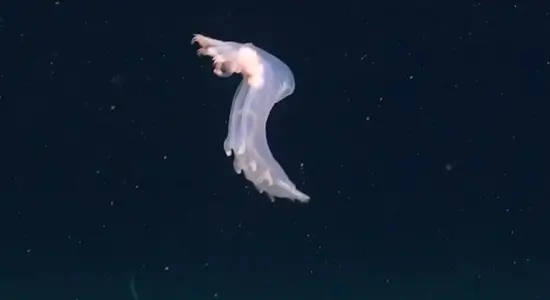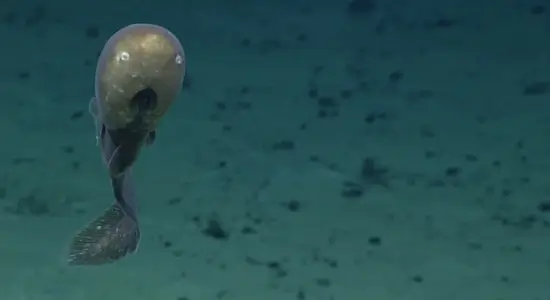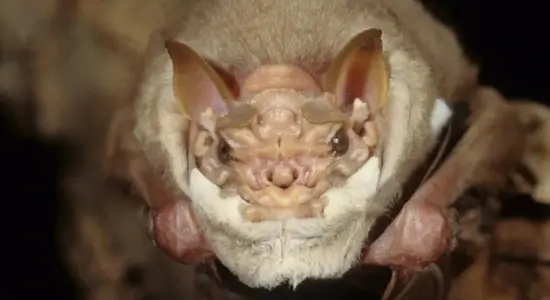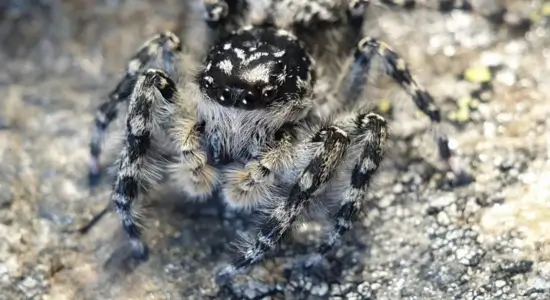In the vast waters of the Congo River, a unique fish swims in a way that no other fish does—upside down. Known as The Upside-Down Catfish, or Synodontis nigriventris, this fish has baffled scientists for centuries with its unconventional swimming style. It has been around for more than 4,000 years, and it’s not just a random quirk. Let’s dive into the fascinating world of the Upside-Down Catfish to understand how and why it lives its life swimming upside down.
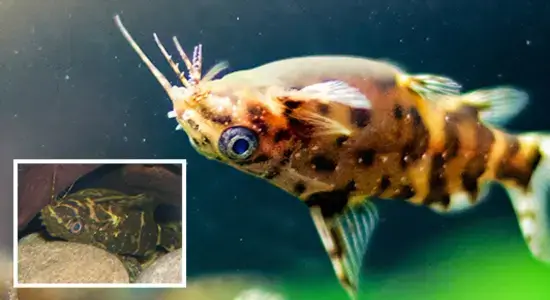
The Secret Behind Its Swimming Style
Most fish rely on an organ called the Swim Bladder to maintain buoyancy in water. This air-filled sac helps the fish float or sink, depending on the amount of gas it holds. When a fish wants to rise, it inhales air into the bladder; when it wants to descend, it expels air from the bladder. The swim bladder allows fish to conserve energy by controlling their buoyancy.
But for the Upside-Down Catfish, swimming upside down is not a sign of sickness, as is often the case with other fish that can’t maintain their balance. This fish is built to do just that. It swims inverted, using its pectoral fins (side fins) to keep stable in its upside-down position. But why?
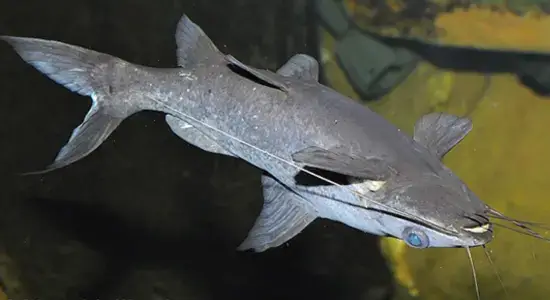
Why Do They Swim Upside Down?
The answer is not completely clear, but there are theories. One theory suggests that the fish swims this way to find food more easily. The Upside-Down Catfish feeds on algae and other microorganisms growing under branches, logs, and submerged debris. Swimming upside down allows it to feed from the underside of submerged objects, where food sources are abundant.
Additionally, swimming this way helps the fish breathe oxygen from the surface of the water more easily. In low-oxygen environments, where the Congo River sometimes experiences a lack of oxygen in deeper waters, this adaptation provides a distinct survival advantage.
Adaptation to Low-Oxygen Environments
In his research, Professor Lauren Chapman from McGill University, who has studied the Upside-Down Catfish for over 20 years, conducted experiments in low-oxygen conditions. He found that typical catfish struggled in such environments, with larger gills and fewer eggs. However, the Upside-Down Catfish continued to live without noticeable changes to its behavior or physiology, thriving in areas where other fish couldn’t survive.
This ability to endure in oxygen-poor waters makes the Upside-Down Catfish a master of survival in an unpredictable environment. Its unique physiology and behavior have evolved specifically to cope with the challenges of its habitat.

Camouflage and Predation
The Upside-Down Catfish also has evolutionary adaptations that help it survive in the wild. Some species of this fish have dark bellies and lighter-colored backs, a perfect camouflage to blend in with the river’s murky waters and to avoid predators. This type of countershading is a common defense mechanism in the animal kingdom, helping the fish stay hidden from both predators and prey.
Can the Upside-Down Catfish Swim Normally?
While the Upside-Down Catfish is known for its backward swimming, it can swim normally when necessary. It flips right-side up when it needs to eat prey like insect larvae from the bottom of the river. However, this upright swimming behavior is rare, as the fish prefers its upside-down position for most of its life.
Conclusion
The Upside-Down Catfish isn’t just a quirky fish; it’s an example of nature’s amazing ability to adapt to challenging environments. From its unique swimming technique to its ability to thrive in low-oxygen conditions, this fish has evolved in ways that most species haven’t. Understanding its behavior and physiology gives us a deeper appreciation for the diversity of life in our planet’s waterways.
FunFact : Did you know that the Upside-Down Catfish is considered a living fossil? With over 4,000 years of history, it’s been around long before humans even knew what a catfish was! ????
Want to learn more about fascinating animals like the Upside-Down Catfish? Stay tuned for more stories about the wonders of nature! Subscribe now and explore the unknown with us! ????
Ref : IFLScience

